A solar project that was unanimously approved by the Kern County, California Board of Supervisors in 2021 is coming under fire by some who oppose the cutting of western Joshua trees to make way for the Aratina solar project. An environmental review process is conducted prior to approval and before construction begins on any large-scale solar plant, including Aratina.
Aratina is a solar-plus-storage project with an intended generation capacity of up to 530 MW and 600 MW battery energy storage system. Once fully operational, it is expected to produce enough clean electricity to power 180,000 homes. The electricity generated by the Aratina Solar Center will be transmitted to utilities and community energy providers throughout California.
In addition to reducing 860,000 metric tons of carbon emissions every year, which is the annual equivalent to planting 14 million trees or removing 180,000 cars from the road, the project is expected to benefit the local community. Avantus has allocated over $135,000 toward programs and services in Boron and Desert Lake. It is also is expected to generate over $30 million in local tax revenue over the solar center’s lifetime that can go toward local services like schools, public safety, and street services. During construction, Aratina is expected to create approximately 570 construction jobs paying between $31 and $75 an hour.
To receive approval to develop the project located in the Boron and Desert Lake area of eastern Kern County, California, Avantus, the developer produced an Environmental Impact Report, as required prior to beginning construction. The company held public forums as part of the County review, during which some local residents raised concerns about visibility of the plant, and the developer altered its plans, stating that it “listened to the concerns and have incorporated them into a revised design that increases project setbacks from residential areas by up to a half-mile (almost nine football fields)”.
The revised site design, referred to as Aratina 2.0 by Kern County, increases project setbacks from Boron and Desert Lake’s residential areas. The company said the raised bed railroad that runs by the location and vegetation alongside the road will also reduce visibility of the project.
Because the site of the Aratina plant is home to western Joshua trees, the developer has to comply with the Western Joshua Tree Conservation Act (WJTCA), a California Law that was enacted in July 2023. Incidental Take Permits of the WJTCA authorize renewable energy developers to take western Joshua trees with an option to pay a standard mitigation fee rather than complete mitigation actions. Under the act, the fees collected are deposited into the Western Joshua Tree Conservation Fund for the purposes of acquiring, conserving and managing western Joshua tree conservation lands and completing other activities to conserve the tree.
To meet these requirements, Avantus hired qualified biologists, approved by the California Department of Fish & Wildlife (CDFW), to a complete count of all western Joshua trees within the site and they will provide the CDFW with a complete Tree Census report. As part of the mitigation requirement in the WJTCA, Avantus must pay a mitigation fee of $10,521.95 per acre to be mitigated to the Western Joshua Tree Mitigation Fund. In addition, prior to removing any western Joshua tree or engaging in groundbreaking activities, the developer was required to contribute $10,000 to cover the account fees and the cost of retaining a land acquisition specialist to assist the department in locating, acquiring and conserving the mitigation lands.
According to Avantus, the process of selective clearing of vegetation, including Joshua Trees and large natural obstacles, will soon begin. The removal has been approved by Kern County and the CDFW, with all impacts such as noise and traffic minimized throughout.
Going beyond the requests of local residents and requirements of the WJTJCA, Avantus purchased the grazing rights on 215,000 acres of federal land in Kern County and created the Onyx Conservation Project. The contiguous land area is seven times larger than the city of San Francisco and considered among the largest mitigation projects in the nation.
The habitat is home to 20 sensitive wildlife species including the California condor, Mojave Desert tortoise, American badger, Mohave ground squirrel and golden eagles. It is also estimated to include more than 80,000 acres of western Joshua tree habitat, including 3,000 acres of dense woodland. This conservation effort will help sustain the health and diversity of the desert ecosystem, which is underlaid by designated Wilderness Areas, Desert National Conservation Lands, and Areas of Critical Environmental Concern. All 215,000 acres will also be open for public recreational use, including hiking and camping.
Avantus will also invest millions of additional dollars for habitat enhancements across Onyx to jumpstart restoration for desert plants and wildlife species.
The CDFW is cognizant of how renewable energy development is necessary in the effort to combat climate change, and endorses such protective measures.
“Our Department is committed to the conservation, protection and restoration of the Golden State’s habitat, and this groundbreaking state and federal public-private partnership provides a roadmap for how renewable energy can continue to combat climate change while also providing landscape-level ecosystem benefits to native plants and wildlife,” said CDFW regional manager, Julie Vance. “By purchasing and permanently retiring the grazing rights, Avantus is assuring this rich, vibrant land is preserved and its inhabitants can flourish.”
Avantus, formerly 8Minute Energy, is a leading solar and energy storage provider and is on track to provide more than half of California’s utility-scale solar and storage demand over the next decade. Aware of the impact that solar projects can have on land, Avantus works closely with wildlife agencies and environmental organizations safeguard species throughout all stages of a project’s life. Avantus reports that its past projects have received support from groups including the Sierra Club, Audubon California, Defenders of Wildlife, and the Natural Resources Defense Council.
Why large-scale solar?
Climate change threatens our nation and planet, as evidenced by the increasing number of extreme weather events. The U.S. has a net-zero by 2050 goal, which means moving away from fossil fuel generated energy as fast as possible as much as 40% of all carbon dioxide pollution comes from fossil fuel power plants, according to the Department of Energy.
The good news is that for the first time, solar accounted for over half of new electricity generation capacity added 2023 and, by 2050, solar is expected to be the largest source of generating capacity on the U.S. grid.
According to data from the Solar Energy Industries Association (SEIA) and Wood Mackenzie, the U.S. has officially exceeded five million solar installations, marking a milestone that comes just eight years after the U.S. reached one million installations in 2016.SEIA forecasts that solar installations in the U.S. will double to 10 million by 2030 and triple to 15 million by 2034.
While the number of installations in itself is impressive, cumulatively they are making a serious cut to carbon emissions. SEIA estimates that the installations displace 198 million metric tons of CO2 every year. This reduction is the equivalent to 22 billion gallons of gas, or enough gas to travel to the sun and back nearly 3,000 times in a traditional ICE vehicle. Overall, SEIA calculates that the current solar capacity in the U.S. offsets the emissions of 12 million Americans, which is greater than the population of New York City and Los Angeles combined.
With PV expected to triple in the United States by 2028, to reach an estimated 380 GW of solar capacity, according to the SEIA and analysts at Wood Mackenzie, sharing facts early on is important. Not only is it important to seek input from area residents—modifying plans when necessary—but going above and beyond permitting requirements to mitigate potential environmental damage is becoming more common among large-scale developers in the U.S.
This content is protected by copyright and may not be reused. If you want to cooperate with us and would like to reuse some of our content, please contact: editors@pv-magazine.com.
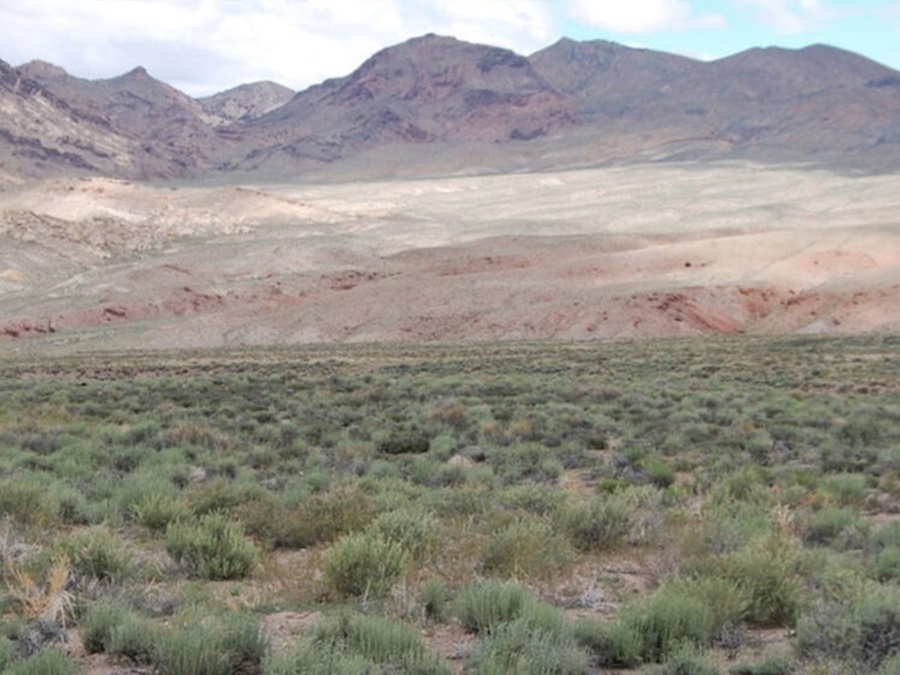
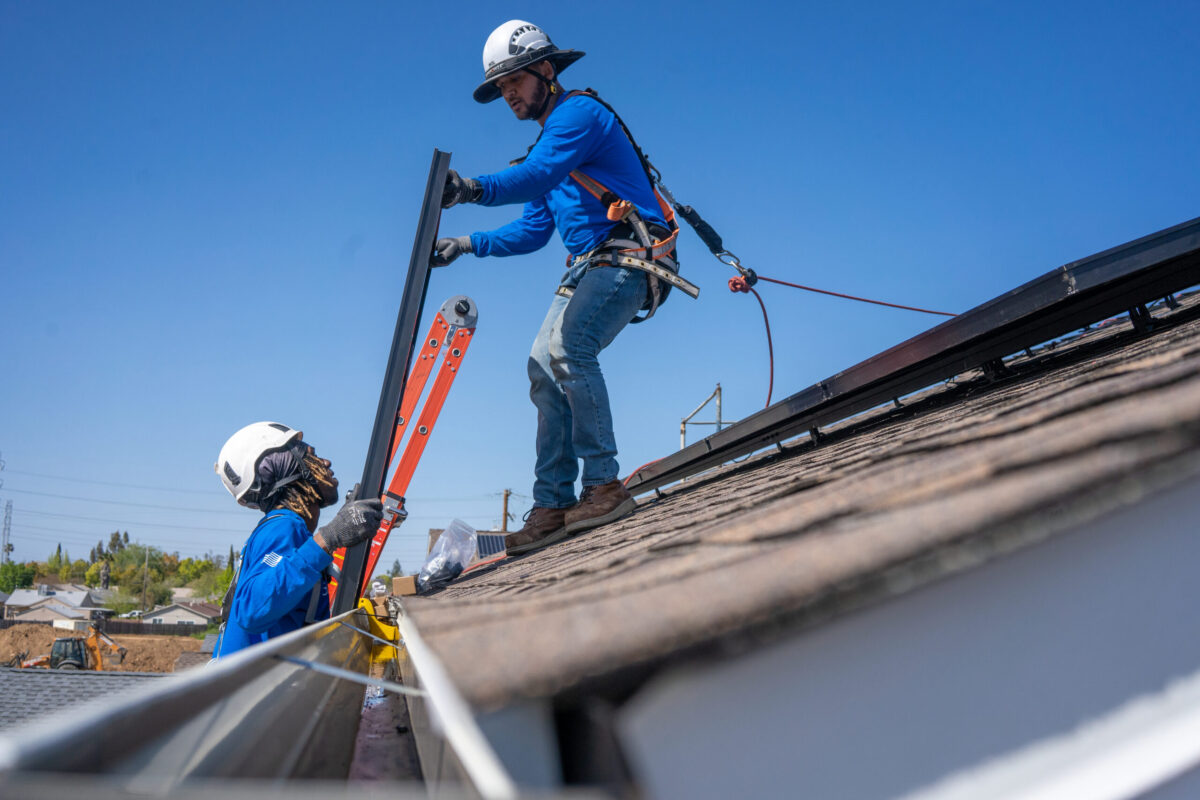


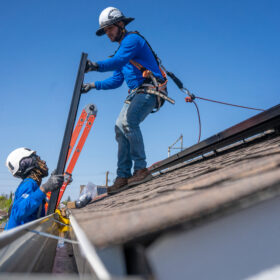

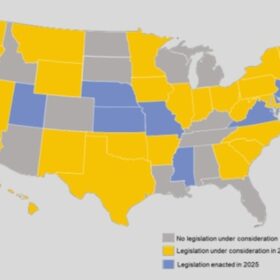
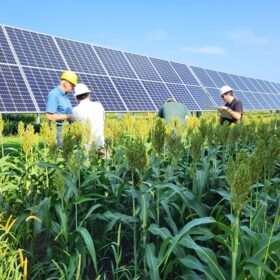
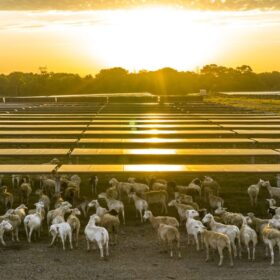
Climate change has been taking place since time began, but this so called man made climate change is a big fake lie,gas and oil is a gift from our Heavenly Father to use for just about everything and it saves trees.Mr John Coleman who started the weather channel said these words over and over again while he was alive, he was on the side of the Real Science and more than 1,800 Scientists who proved that man caused climate change was a hoax.First it was called glowing warming but to have a bigger impact they changed it to Man Caused Climate Change.
Palmdale/Lancaster area has a vast amount of old farmland that was cleaned decades ago. This product should be relocated to this cleaned land so no more trees need be removed.
I’m not against,solar farms, I’m 100% against taking down 300 year old Joshua trees, if they put salor farms where. Joshua trees have been for 300 years ,then I think we will take down all of the solar panels,it 100% wrong to up root those 300 year old Joshua trees, just go in places where there are not endangered desert tortoises or Mojave greens or Joshua tree‘s and build your solar farms that aren’t gonna make any difference anyway gotta increase our electric bills, ok,
Follow the money. It all goes back into the pockets of big-wig internationalist. They don’t care about Kern County. Shame on the elected officials for their short sightedness. San Bernadino County showed better sense.
Is there a petition I could sign?
Change.org